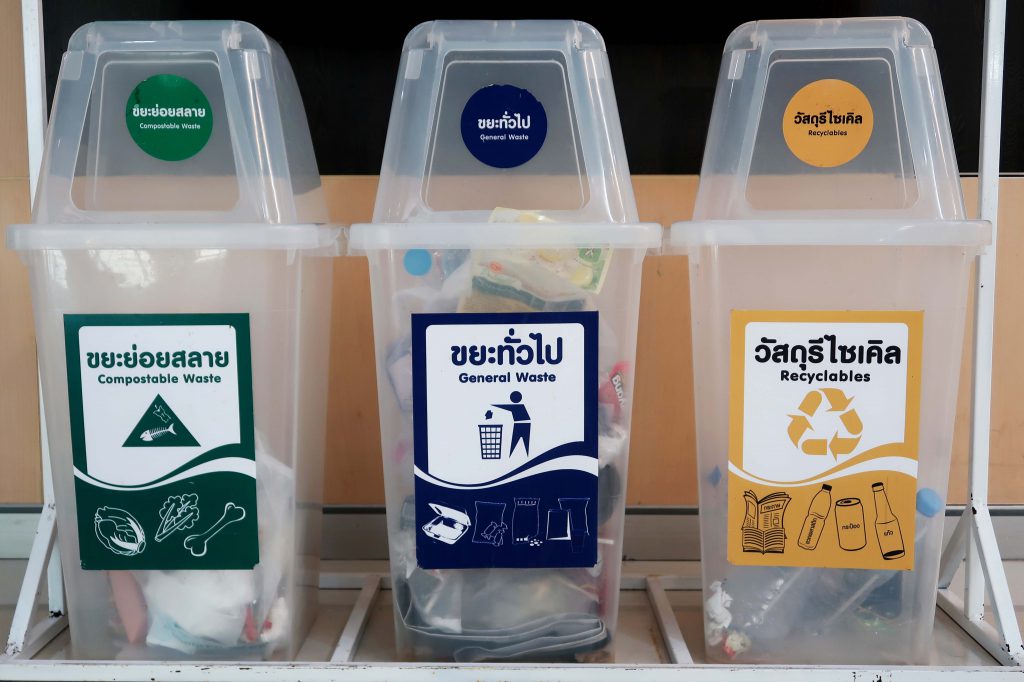Efficient solid waste management and wastewater treatment sector
GHG emissions from the waste sector are much larger than the wastewater sector. However, waste and wastewater are main sources of methane and CO2. The methane is generated from untreated organic waste and wastewater. Thus, the methane from landfills is the main source of the GHG emissions from the waste and wastewater sector, followed by the methane from septic tanks and untreated wastewater. Applying proper treatment is the right approach for reducing methane. In this regard, the Department of Environment (DOE) and the Department of Drainage and Sewerage (DDS) under the direct jurisdiction of the BMA are mainly in charge of waste management and wastewater treatment and the BMA’s waste and wastewater reduction and treatment efforts have been directly resulted in GHG emissions reduction.
For the estimate of GHG emission quantity in efficient solid waste management and wastewater treatment sector under the Master Plan, it is found that GHG emissions were about 4.5 MtCO2e by 2013. Expected emissions in 2020 under BAU are about 4.9 MtCO2e. The reduction target set in the Master Plan was about 4.7 MtCO2, which is about 4%, or 0.2 MtCO2e reduction against the BAU. According to the Comprehensive Review of the Progress of Implementation, the actual GHG emission by 2016 was at 4.573 MtCO2e in comparison with the BAU by 2020.

MtCO2e
2020 Target for GHG emission mitigation in efficient solid waste management and wastewater treatment sector
In progress
Target
MtCO2e
by 2020 and the GHG emission mitigation can be calculated at 4.06%, compared to the 2020 BAU (4.9 MtCO2e)
Current result
MtCO2e
by 2016

